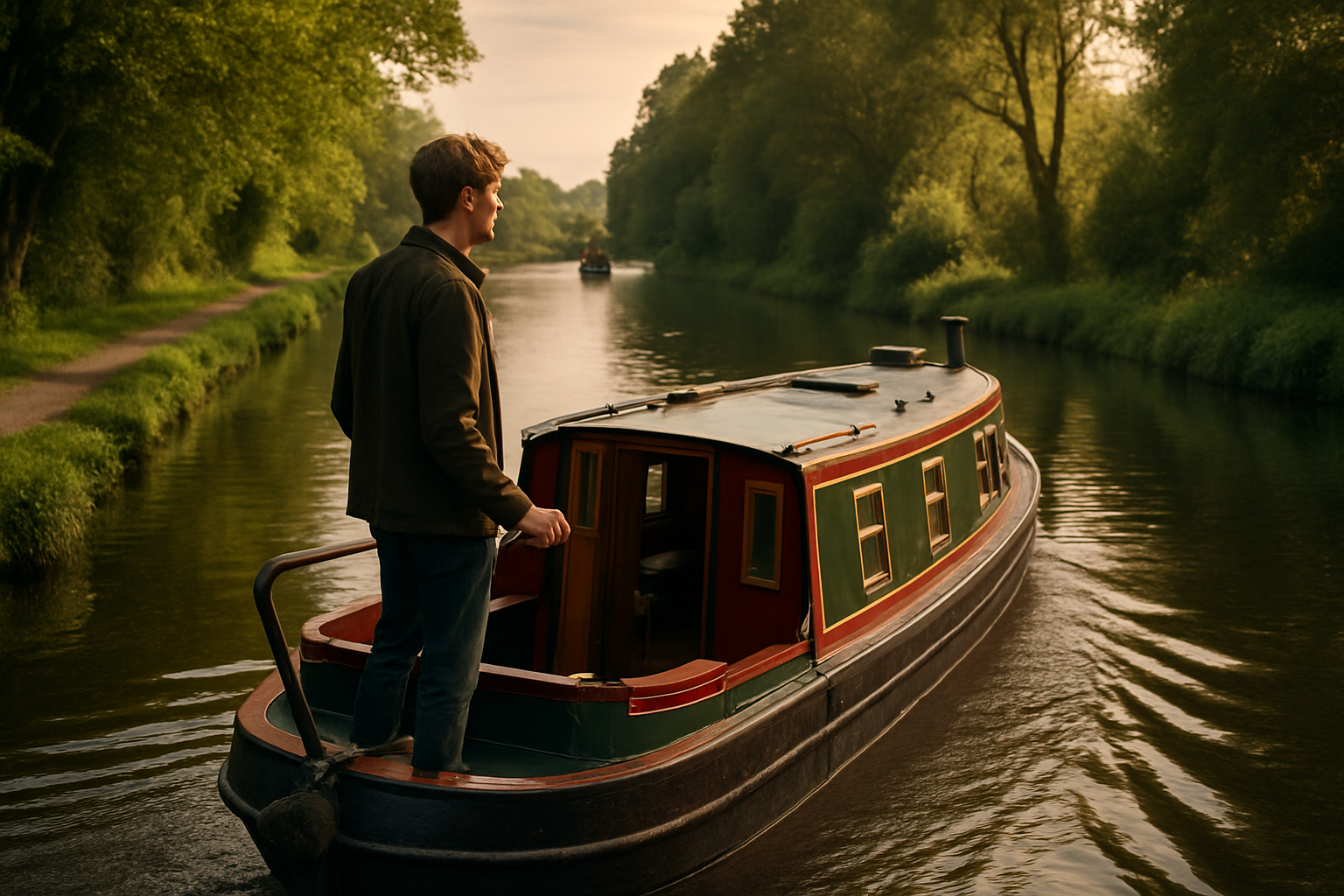Rediscovering the Charm of Canal Boating: A Unique Travel Experience
The gentle lapping of water against the boat, the serenity of slow-paced travel, and the opportunity to explore lesser-known routes; canal boating offers a unique travel experience. This mode of transport, steeped in history and tradition, is making a comeback as a preferred option for explorers who value tranquility and a close connection with nature. Let's dive into the world of canal boating and uncover the joys it holds for the modern traveler.

A Historical Journey: Understanding the Roots of Canal Boating
Canals were originally constructed for the purpose of transporting goods, primarily during the Industrial Revolution. The UK, in particular, saw a flurry of canal constructions in the 18th and 19th centuries, leading to an intricate network of waterways connecting various parts of the country. Canal boats, also known as narrowboats, were designed to fit these canals and were used to transport coal, textiles, and other goods.
However, with the advent of railways and later, road transport, canal boating lost its primary purpose and its popularity waned. It wasn’t until the late 20th century that this unique mode of transportation began to be rediscovered for its recreational potential.
Canal Boating Today: A Resurgence of Interest
Today, canal boating is enjoying a revival, with more and more people seeing it as an attractive alternative to the rush and stress of conventional modes of travel. The slow pace allows travelers to truly soak in the surroundings and experience a destination in a much more immersive way. Moreover, canal boating is eco-friendly, contributing significantly less to pollution and environment degradation than air or road travel.
Canal boating also offers a unique perspective on the local culture, as most canals pass through both urban and rural landscapes, offering glimpses of life on the banks. This makes it an attractive option for those who like to explore offbeat paths and experience authentic local culture.
Advantages, Challenges, and Impact on Travelers
Canal boating offers several advantages, the most prominent being the slow, relaxed pace of travel. This allows travelers to truly disconnect from the fast-paced modern life and unwind. It also offers a unique chance to get close to nature and wildlife, as many canals pass through scenic landscapes.
There are, however, some challenges involved in canal boating. Navigation can be tricky, especially for first-timers, and operating the locks requires some physical effort. Moreover, canal boats typically move at a maximum speed of 4 mph, which means it’s not the best option for those looking to cover large distances in a short time.
Despite these challenges, the impact of canal boating on travelers is often profound. It offers a form of slow travel that encourages mindfulness and appreciation of the present moment. Many travelers find it to be a transformative experience, offering a blend of relaxation, adventure, and cultural immersion.
Canal Boating: Tips and Insights
-
Familiarize yourself with the basic operations and safety procedures before embarking on a canal boat journey.
-
Plan your route considering the slow pace of travel. Canal boating is best suited for holidays where the journey is more important than the destination.
-
Keep in mind that while canal boating can be enjoyed year-round, the best time is generally from April to October.
-
Pack appropriately, remembering to bring along waterproof clothing and comfortable shoes.
-
Ensure to respect the wildlife and environment, adhering to the principles of Leave No Trace.
In conclusion, canal boating offers a unique travel experience that combines relaxation, adventure, and cultural immersion. It’s a way of slowing down, connecting with nature, and exploring a destination from a fresh perspective. So, the next time you plan a holiday, consider canal boating - you might just discover a new favorite way to travel.





